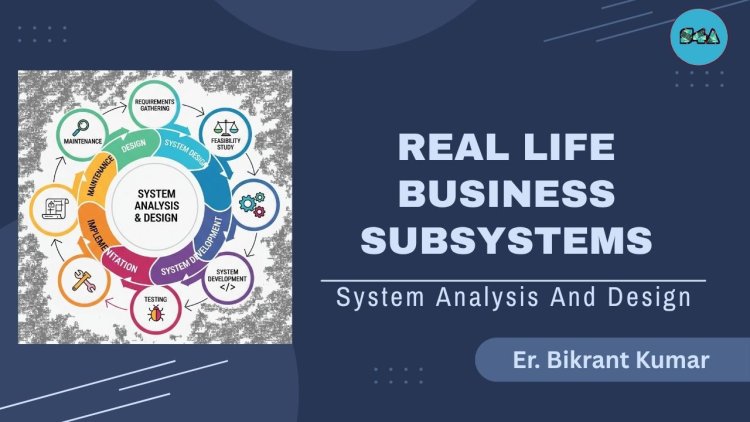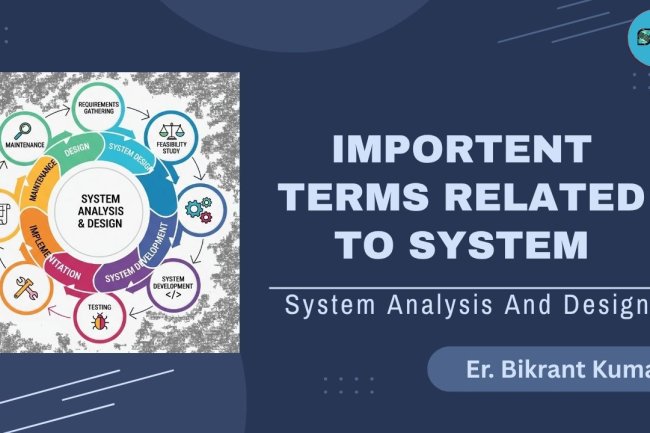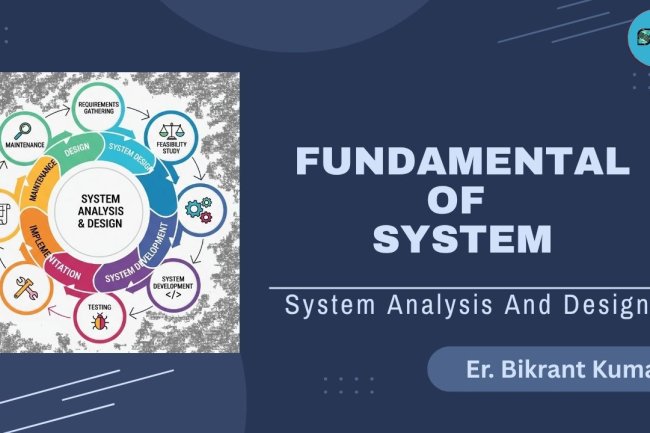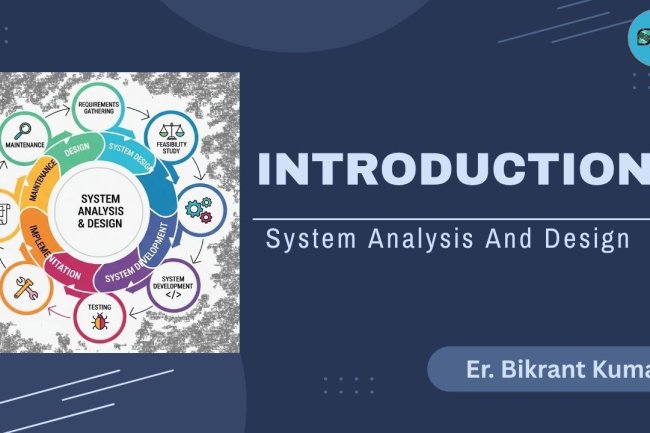Real-Life Business Subsystems
SAD is a process for analyzing an organization's needs and designing new information systems to meet them.

Introduction
In System Analysis and Design, a subsystem is a smaller part of a larger system that performs specific tasks and contributes to the overall system functionality.
A business system (like an organization) is composed of multiple subsystems, each handling specific functions such as finance, marketing, HR, etc.
Definition of Subsystem:
A subsystem is a component of a larger system that has its own function but works together with other subsystems to achieve the overall goal.
Example: Real-Life Business – University as a System
|
Subsystem |
Description |
Function |
|
Admission Subsystem |
Handles student applications and enrollment |
Accepts forms, verifies documents |
|
Academic Subsystem |
Manages classes, syllabus, timetable |
Schedules lectures, assigns faculty |
|
Examination Subsystem |
Conducts exams and publishes results |
Sets papers, evaluates, declares results |
|
Library Subsystem |
Manages books and lending services |
Issues/returns books, maintains inventory |
|
Finance Subsystem |
Manages fees, salaries, budgets |
Processes payments, maintains records |
|
Hostel Subsystem |
Manages accommodation for students |
Allots rooms, handles complaints |
|
HR Subsystem |
Manages employee details and payroll |
Hiring, salary management, records |
All these subsystems interact with each other. For example, the finance subsystem collects fees and passes student status to the academic subsystem.
Example: Real-Life Business – E-commerce Company
|
Subsystem |
Function |
|
Order Management |
Processes customer orders |
|
Inventory System |
Tracks stock levels |
|
Customer Support |
Handles customer queries and complaints |
|
Logistics System |
Manages shipping and delivery |
|
Payment Gateway |
Handles payments and refunds |
|
Marketing System |
Manages promotions, campaigns |
Diagram: Real-Life Business System with Subsystems

Each block here is a subsystem that performs a specific role, but collectively they help the main system (e.g., university) function effectively.
Why Subsystems are Important:
- Divide and conquer: Breaks down complex systems into manageable units
- Improves efficiency: Each subsystem specializes in its task
- Easier maintenance: Changes can be made in one subsystem without affecting others
- Supports modular design: Encourages reuse and scalability
-----------------------------
Files
What's Your Reaction?















